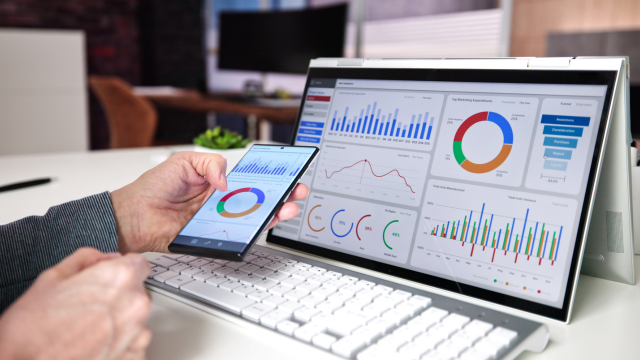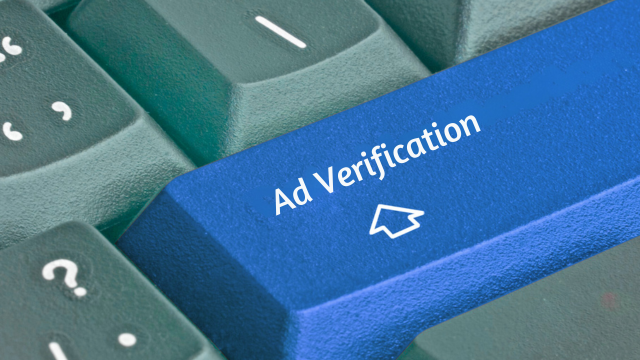When it pertains to online advertising, Google Ads is the gold requirement that lots of services rely on to reach their audiences successfully. With its expansive reach and data-driven tools, this platform has become an essential part of digital marketing strategies. If you have actually been wondering how to get the most out of your projects, you remain in the right location. Here, we’ll stroll you through Google Ads best practices, focusing on pointers that make your projects perform better, cost less, and drive more meaningful results.
Why Google Ads Matter (The Start of the Journey).
Picture this– you’re running a lemonade stand in your neighborhood, and you want your neighborhood to understand where to find you. Instead of just installing a sign on your driveway, envision being able to put a leaflet straight into the hands of everybody in the area who’s currently yearning for lemonade. That’s what Google Ads provides for businesses. It lets you target the best audience at the right moment– when they’re actively searching for what you use.
Reach the Right People, Right Now.
Compared to other advertising choices, Google Ads provides an unique mix of precision targeting and real-time results. Whether you’re running a little local business or managing enormous business projects, this platform permits you to get in touch with users actively looking for services you can provide.
Competitive Advantage.
Google Ads isn’t just a tool for visibility– it’s how businesses make an one-upmanship. By appearing at the top of search results page, you position yourself ahead of your competitors. And through wise bidding Google Ads strategies, you can make sure your ads are both reliable and affordable.
How Google Ads Really Work.
One of the things that makes Google Ads so powerful is the method it decides where and when your ad appears. It’s not almost how much you want to pay– it’s about how appropriate and valuable your ad is to the user.
Auction Time– Bidding Occurs Immediately.
Whenever somebody searches on Google, the platform runs a lightning-fast auction to identify which ads show up. This process includes examining keywords, Quality Scores, and quotes. It’s quick, competitive, and developed to provide users the best possible experience.
Quality Score– Your Ad’s Credibility.
Here’s a vital Google Ads best practice– enhance your Quality Score. But what is it? Google grades your ad based on aspects like relevance, click-through rate (CTR), and the experience your landing page provides. Higher scores imply lower costs per click (CPC) and much better advertisement positions. Quality Score optimization is one of the smartest relocations you can make to optimize results.
Tracker’s Toolkit: Structuring Your Campaigns Right.
Producing effective Google Ads campaigns starts with a strong foundation. Envision you’re building shelves to store all the active ingredients needed for your lemonade. Organized shelves guarantee you can discover everything rapidly, and the exact same reasoning applies to structuring projects.
Smart Keyword Grouping.
Consider your keywords as active ingredients that require to be organized together. When structuring campaigns, create advertisement groups that focus on closely related terms. For example, group “lemonade stand near me” with other hyper-relevant keywords. This targeted method improves advertisement significance while boosting your Quality Score.
Match Types Matter.
Keyword match types act as filters, telling Google how closely a user’s search needs to match your terms. Broad match can help you discover untapped chances, while exact match ensures accuracy targeting. A balanced mix of match types is essential to PPC optimization pointers that keep your campaign humming.
Negative Keywords– Your Budget’s Bodyguard.
Do not forget about negative keywords! Obstructing irrelevant searches is necessary to prevent wasting cash. For instance, if you’re selling premade lemonade, you wouldn’t want your advertisements showing up for “lemonade dish.” Including negatives guarantees your spending plan stays concentrated on lucrative clicks.
Crafting Winning Ads & Landing Pages.
If your campaign is a vehicle, think about your ads as the engine and your landing pages as the destination. Both require to work effortlessly together to drive conversions efficiently.
Responsive Search Advertisements & Visual Assets.
Responsive search advertisements are the future
For good reason. Google allows you to blend and match headlines, descriptions, and even images to create a range of combinations. Its algorithm immediately checks them to deliver the most efficient results. This versatility makes it one of the most intelligent tools in your marketing toolbox.
Match Words, Match Intent.
Writing advertisement copy isn’t almost innovative headings– it has to do with speaking straight to the user’s intent. If somebody searches for “cold lemonade near me,” your advertisement needs to communicate right away that you’re nearby, readily available, and ready to quench their thirst. This positioning likewise boosts your Quality Score.
Landing Page Alignment.
Picture your advertisement assures “freshly squeezed lemonade,” but when users click through, they end up on a generic homepage. That detach can cost you conversions. Make certain your landing pages provide exactly what your advertisement guarantees– quick and plainly.
Let Smart Bidding Do the Heavy Lifting.
Google Ads has grown smarter throughout the years, largely thanks to AI and machine learning. Leaning on automated features like clever bidding can make a huge distinction in project performance.
Broad Match + Smart Bidding.
Integrating broad match with Google’s wise bidding tools can drive extraordinary results. By feeding the system enough information, wise bidding utilizes algorithms to enhance for conversions, ROAS (return on advertisement invest), or CPA (expense per acquisition).
Performance Max– The Full-AI Power Move.
Performance Max projects take automation to another level. This project type utilizes AI throughout all Google platforms– from search and shopping to YouTube and show– for maximum impact. If you’ve currently collected adequate conversion information, switching to Performance Max can deliver unequaled results.
Track, Analyze & Optimize.
Your work doesn’t stop when your ad is live. Continuous tracking and tweaking are essential to long-lasting success.
Usage Conversion Tracking & Analytics.
Utilizing conversion tracking Google Ads functions is non-negotiable. Track what takes place after someone clicks– whether it’s a sale, a signup, or a phone call. Comprehending this information will help you improve your campaigns and focus just on what drives worth.
Monitor Quality Score, CTR & CPC.
Metrics are your compass. Watch on Quality Score, CTR, and CPC to examine your campaign’s health. A falling CTR might indicate weak advertisement copy, while an increasing CPC might show stiffer competition.
A/B Testing & Advertisement Rotation.
Test, test, test! A/B testing variations in your headings, images, and audience targeting assists you discover what resonates most. Rotate your ads to keep the material fresh and prevent ad tiredness.
Advanced Tips to Stay Ahead.
Now that you’ve mastered the essentials, here are some innovative techniques to take your campaigns further.
Utilize First-Party Data & Audiences.
Personal privacy modifications are moving the digital marketing landscape. First-party information advertising– using your own client lists and website activity– is invaluable. Google’s audience targeting functions make integrating this information much easier than you believe.
AI Property Development Tools.
Google’s artificial intelligence does not simply optimize your quotes– it can likewise assist you produce compelling ads. Usage AI tools to create headings, images, or even videos tailored to your campaign objectives.
See the Competition– and Be Timely.
Keep a close eye on your rivals. Tools like the Auction Insights report can show how frequently your competitors appear alongside you. Seasonality is also crucial. For instance, run holiday-themed campaigns or adjust your messaging throughout peak market occasions.
Final Checklist: Introduce Your Campaign with Confidence.
Before you hit “Go Live,” double-check whatever with this useful list:.
- Keywords grouped with suitable match types and negatives.
- Compelling ad copy with responsive advertisement setup.
- Landing pages aligned with ad promises.
- Smart Bidding coupled with broad match for automation.
- Conversion tracking and analytics set up and functioning.
- Quality Score tracking method in place.
- A/B testing plans ready to run.
- AI-generated possessions and first-party audience combination ready to go.
Final Thoughts
Mastering Google Ads might seem daunting at first, however with the ideal method and tools, it becomes an indispensable asset to your marketing efforts. By using smart bidding Google Ads techniques, enhancing Quality Scores, and staying up to date with AI trends, you’ll not just save time however also drive significant results. What’s your experience with Google Ads? Share your stories in the remarks below or sign up for our newsletter for more expert tips!




